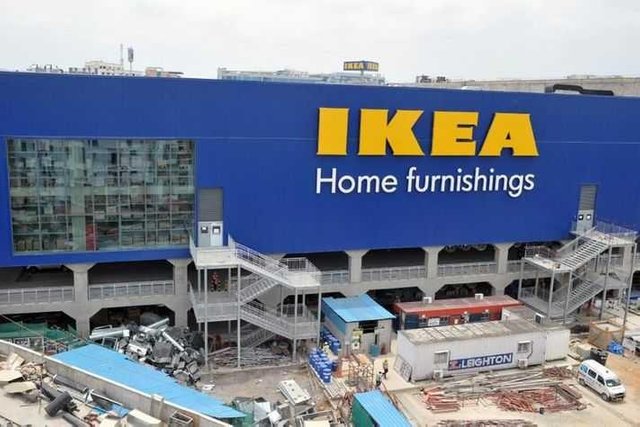So Ikea is about to open its first store in India. That’s pretty big news in itself as Western-based retailers have struggled to break through the Indian business bureaucracy, particularly when it comes to locating a physical store within the country.

But much more fascinating is that India will represent the 37th country Ikea will be doing business in. Other than fast foods retailers and perhaps the United Nations, there may not be an entity anywhere on the planet that operates in as many countries as this company does.
While India has been especially perplexing, let’s face it: Most retailing companies – and most certainly American retailing companies – have a pretty abysmal track record when it comes to operating on an international scale.
The scrap heap of shuttered stores around the world, particularly in China and Asia, includes a wide swath of retailers, notably Home Depot and Best Buy, just to name two.
This is not just an American thing, either. Two big players from Europe – Carrefour and Marks & Spencer – have crashed and mostly burned in many of their global pursuits. On the supermarket side, Tesco threw in the towel on its U.S. expansion, and Lidl is also finding out it’s not so easy.
And let’s not forget the biggest retailer of them all: Walmart. The Boys From Bentonville made a major push in multiple directions – Europe, Asia, South America – only to come scampering back to Arkansas when most of those efforts fell on their global faces. Only Mexico and China seem to have endured, and neither is considered a textbook case of business success.
That’s why you’ve got to hand it to Ikea for what it’s been able to pull off. The fact that, of that country total, Ikea owned-and-operated stores are located in only 24 countries (the rest are franchised or otherwise owned by others) does not diminish the accomplishment.
So what is Ikea doing that others are not? It’s a combination of many factors, some obvious, some a little more subtle.
First off, coming from a very small domestic market in Sweden, Ikea’s managers figured out early on that if it was going to grow, it was going to happen outside its home borders. Almost from the start, international expansion was part of the strategy, not an afterthought, as it has been for some retailers that, having saturated their native countries, then looked around for what to do next.
Patience has not only been a virtue but a founding principle of the company’s global expansion. The first Ikea store opened in the United States in 1985, but it was a years before a second one followed. Even today, it operates only about 45 stores here. It has postponed the opening of that first India store several times as it tweaks things to make sure it gets them right from the start. For many other retailers, it’s “open first, figure it out later.”
The retailer has been ever diligent about keeping its overall ambience and business model consistent while adapting it to local taste levels and cultures. The Indian stores will offer on-site assembly services, a first for Ikea but absolutely necessary in a country without a do-it-yourself tradition. In the U.S., the retailer figured out pretty early that if it was going to sell products like sheets and bedding, it had better adapt to American sizes. Shoppers here were simply not going to buy fitted sheets that, well, didn’t fit.
Product designs from Ikea are remarkably country-neutral. Too many retailers have tried to sell their local-specific fashions – be it in home or apparel – to other nations, and a whole lot has gotten lost in translation. Ikea’s simple, straightforward design aesthetic works most anywhere, as proven by the majority of its products that are consistent across international borders.
Even the store’s quirky names have been part of the global strategy. By picking sometimes incomprehensible and oddball names for its products (does anyone know how to pronounce “Fyrkantig,” much less know it means “square” in Swedish?), the company stays away from embarrassing language translations that have tripped up global companies large and small over the years.
Finally, there is the global product-sourcing model itself. By buying merchandise from around the world – not just the usual suspects in China and India – Ikea has developed a cost-efficient and timely system to get its products from factory to selling floor, regardless of where that floor is.
When that India store opens, there will no doubt be some things that don’t work. Swedish meatballs are a tough sell in a country where people don’t eat beef, and certainly some of the products just won’t appeal to local shoppers.
But Ikea will figure it out and will do so faster than just about anybody else in retailing. We all may occasionally have some trouble putting together one of its bookcases, but no retailer has put together a global strategy better than Ikea’s.
Hi! I am a robot. I just upvoted you! I found similar content that readers might be interested in:
https://www.forbes.com/sites/warrenshoulberg/2018/07/30/put-another-stamp-on-the-ikea-passport/
Downvoting a post can decrease pending rewards and make it less visible. Common reasons:
Submit